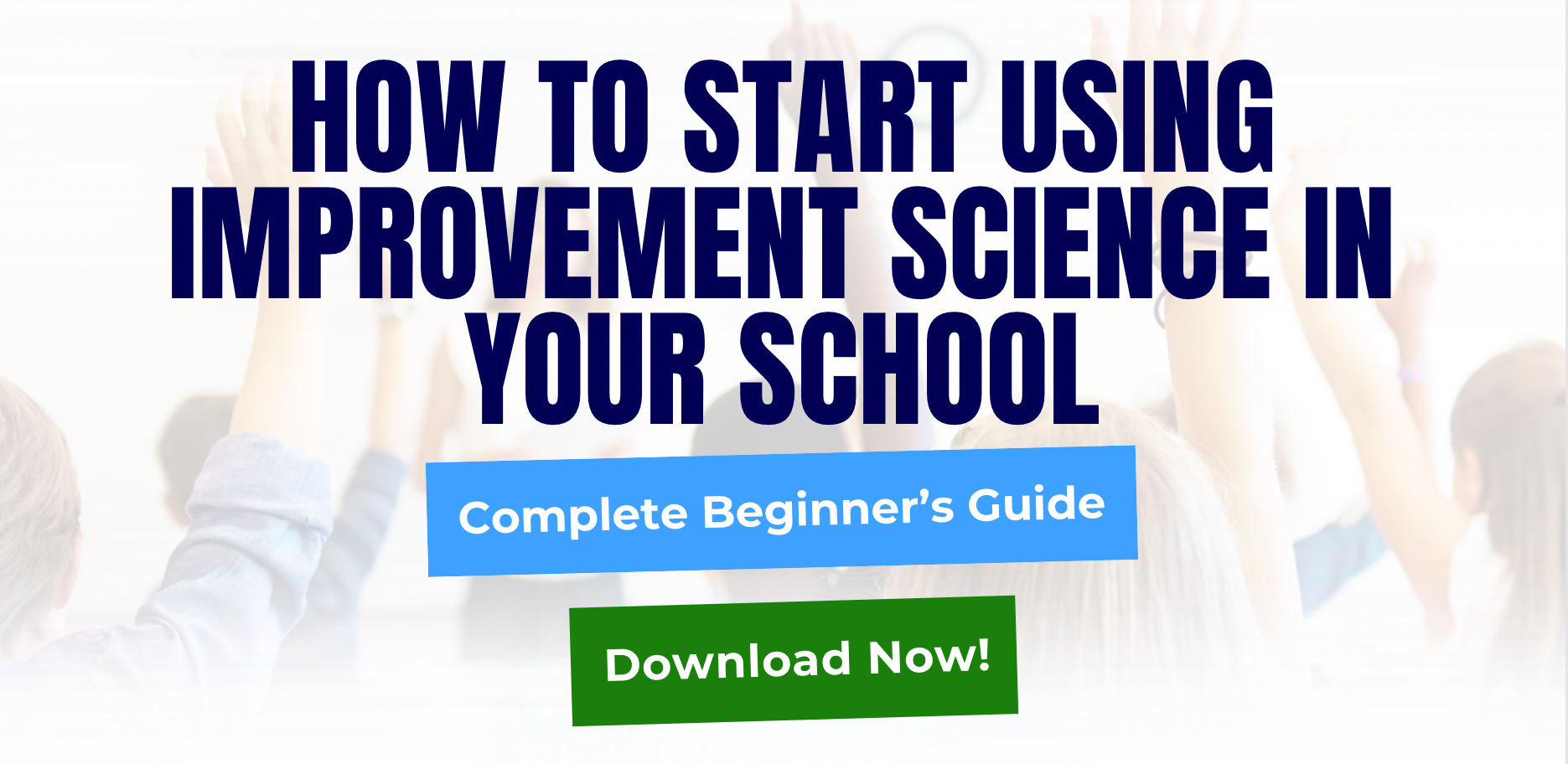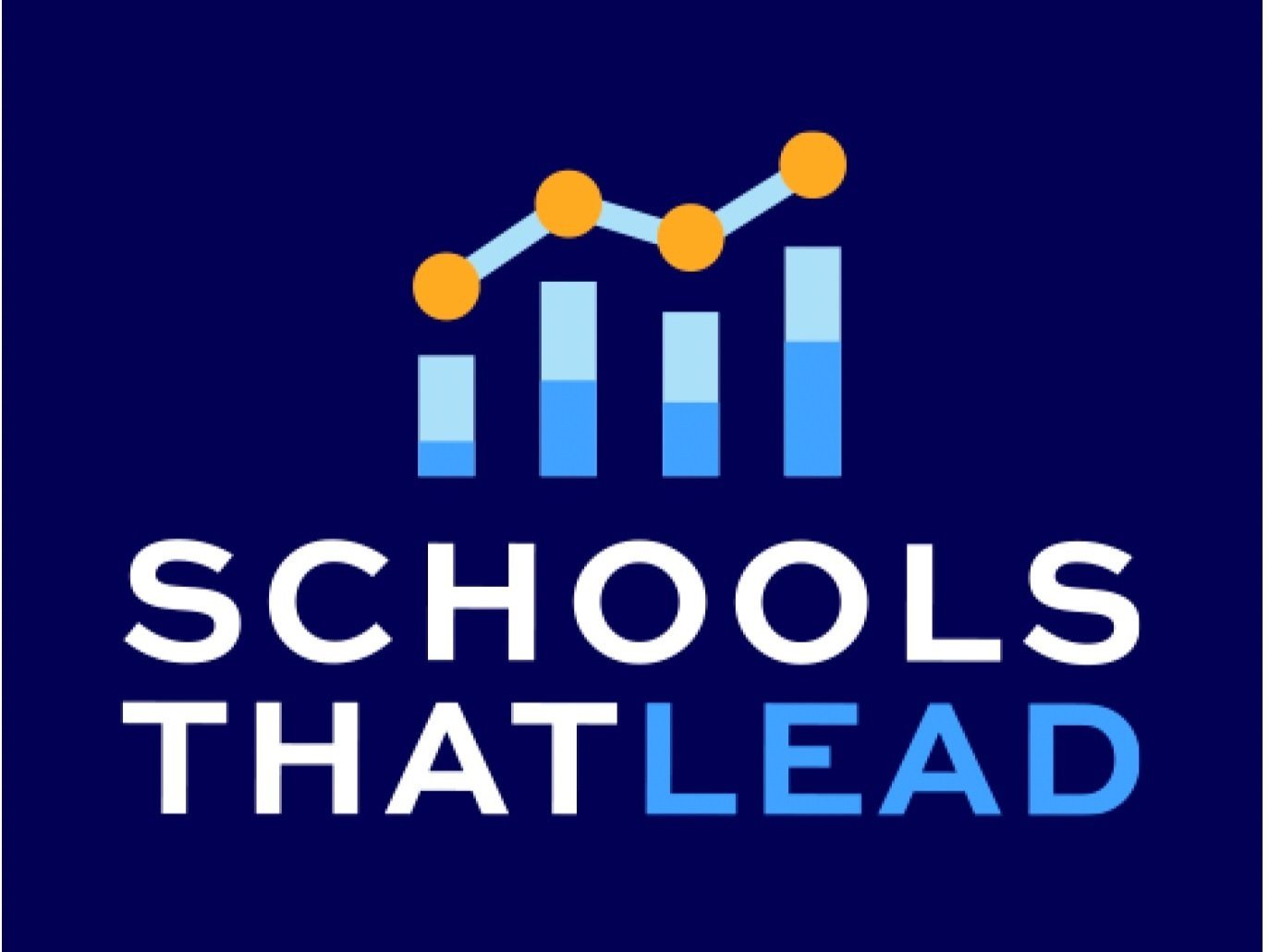Top 25 Most Effective Teaching Strategies of 2024
Teaching is the cornerstone of every school's success, and the right strategies can significantly impact student achievement. Effective teaching not only improves critical thinking and problem-solving but also fosters a collaborative and engaging learning environment.
By evaluating the latest innovations in teaching practices and setting clear objectives, schools can create actionable improvement plans that boost student engagement and support lasting learning. In this blog, we’ll explore 25 powerful teaching strategies that help educators make a real difference in the classroom. Whether you're seeking to enhance instructional methods, incorporate technology, or inspire students to take charge of their learning, these strategies are designed to improve outcomes for everyone.
Why Teaching Strategies Are an Essential Part of Every School Improvement Plan
Effective teaching strategies focus on developing critical thinking and real-world problem-solving skills in students. By incorporating these strategies into your school’s improvement plan, you can create a more collaborative and engaging learning environment.
Start by evaluating current teaching practices and gathering feedback from both students and teachers. Then, set clear goals and develop an action plan to improve learning and engagement. The most effective strategies should help educators present content in new, dynamic ways while fostering a deeper understanding of key concepts.
With a solid improvement plan in place, educators can equip students with a range of valuable skills that are applicable across different academic settings.
Top Teaching Strategies to Use in Your Classroom
1. Blended Learning
This approach combines traditional place-based methods and online educational materials. Students attend discussions through online sessions or in-person lectures. For instance, you can ask students to participate in a live webinar training session to discuss tasks or share valuable insights. This strategy gives them more control over their engagement.
2. Flipped Classroom
This strategy deepens understanding of peers through problem-solving activities and discussions facilitated by peers. For example, students can interact at home through videos, allowing for deeper application of concepts. The facilitator (the teacher) acts as the guide on the side. By providing learners with basic material, students understand the topic better before classroom time.
3. Self-Directed Learning
Students set personal goals and take control of their learning process. They employ techniques like written reflections or group discussions to process their experiences.
4. Cross-Curricular Integration
This strategy provides a holistic learning experience. Educators combine multiple subjects like math and science on different topics. It creates a more social experience when trying to accomplish a specific goal.
5. Cooperative Learning
Cooperative learning works better when students work in structured groups. Furthermore, educators create an environment of interdependence by ensuring that each student has a role to play. Toward the end of the assignment, teachers evaluate the effectiveness of each group.
6. Visualization
This is one of the best teaching strategies that make students proficient readers. They can create mental images, resulting in a better understanding of text. Educators, on the other hand, share highly descriptive reading and allow learners to draw what they see in their minds. Once they grab the concept, you can move into expository texts.
7. Differentiated Instruction
This strategy works well when learners with diverse learning skills fill the classroom. Commonalities are acknowledged, so different elements are used in teaching. Use assessments to ensure that learners access knowledge in the best way that suits their interests. For instance, you can divide students with a unique method to solve specific problems. Then, rotate between stations by creating artwork, completing puzzles, reading an article, etc.
8. Peer Teaching and Peer Assessment
This approach enhances students' understanding by creating a dynamic learning environment. The educators establish the guidelines for peer assessment and teach students how to provide constructive feedback.
9. Summative Assessment
It measures student learning through summative assessment. Educators define goals that align with curriculum standards and create metrics for analyzing student assessment. You should identify issues that can affect their performance and offer constructive feedback.
10. Improvement science
Improvement science emphasizes the role of students as active learners. Educators see them as mini-experiments on specific instructional skills. Students explore topics of interest, ask questions, and seek answers. Instead of being passive recipients of knowledge, they improve their problem-solving capabilities and research skills. Throughout the inquiry process, learners reflect on findings and present them to their teachers or peers.
Student-centered inquiry encourages engagement and greater ownership of skills.
11. Gamification
Gamification breaks down complex topics into simple units. It uses gameplay mechanics by leveraging various design elements that increase student engagement. Gamification works well on topics that hooks for specific learning objectives. It can be incorporated into e-learning courses or programs.
12. Digital Storytelling
One of the best teaching strategies for increasing students' creativity and involvement is digital storytelling. The learners share video stories or create their own tools to share what they've learned.
13. Interactive Notebooks
Students use notebooks to reflect on various topics. You should encourage them to use graphic organizers and folders to identify patterns, strengths, and areas for improvement.
14. Project-based Learning
PBL allows educators to select challenging problems that connect to students and develop a clear timeline to accomplish them. You should prepare your learners on project details and establish clear deliverables. Next, guide them on the best research tools and assign responsibilities. Educators should also highlight their strengths and encourage students to ask questions that arise during their project work.
15. Authentic Assessment
It involves assessing student skills and knowledge through real-world tasks. Educators use performance-based tasks on students to demonstrate mastery before moving to complex projects.
16. Scaffolding
This strategy aims at helping students perform tasks independently and build on their existing knowledge. Educators employ guided practice on specific tasks to enhance the overall learning experience.
17. Peer-to-Peer Learning
This approach defines what you want your learners to accomplish - make sure the goals align with the curriculum standards. You should create an environment where students ask questions, share ideas, etc. Other than that, set clear guidelines on active listening and participation. Learners can use various digital tools that encourage them to participate effectively.
18. Social-Emotional Learning (SEL)
This learning strategy encourages a focused learning environment. Educators should set key SEL competencies and specify the outcomes that encourage mindfulness (reduced stress, improved focus, etc.). To enable learners to engage in more focused tasks, they can engage in activities like guided imagery or deep breathing. Try to weave SEL topics into academic content and provide opportunities for students to practice the skills.
19. Service Learning
Service learning provides real-world relevance. For instance, educators can integrate community service, field trips, internships, etc.
20. Formative Assessment
It involves assessing student skills using polls or quizzes to gauge their understanding. Educators monitor the progress and adjust the instructions accordingly. Use specific guidelines to ensure consistency in evaluation.
21. Socratic Questioning
Socratic questioning encourages learners to think critically. Educators should develop open-ended questions that allow students to contribute to the discussion. Start by asking open-ended questions and examining their assumptions. After that, highlight the strengths and areas that need improvement.
22. Expeditionary Learning
EL is an inquiry-based strategy that encourages real-world learning experiences. Educators should clearly define the learning goals based on curriculum standards. This is done by creating meaningful projects that serve as the central focus of the expedition. Now, introduce the driving question that promotes collaboration between the students. Don't forget to assess their progress throughout the expedition.
23. Role Playing
This approach helps students explore complex projects using real-world examples. Educators create situations for role-play and provide the materials to use. After that, they distribute different roles to students and assess them. Based on the outcomes, the teachers encourage students to think critically and stay true to their assigned roles.
24. Journals and Learning Logs
Journals and logs provide insights to students during the learning process. Students use notebooks and digital platforms to reflect on their learning activities. These tools guide their reflections and areas to improve on. After collecting feedback from students, educators should employ various debriefing techniques.
The Bottom Line
If you want to create engaging learning environments, you should leverage the most effective teaching strategies. Whether it is formative assessment or differentiated learning, the approaches you employ should encourage critical thinking and creativity. Additionally, students also have an opportunity to learn academically by exploring diverse learning styles. Of course, you should focus on strategies that promote lifelong learning and growth.
Learn how Schools That Lead helped North Carolina education leaders create their own strategies for managing the students in their care and improving student outcomes, such as a greater decline in chronic student absences than the state average.
FAQ
-
Teaching strategies are essential because they enhance critical thinking and problem-solving skills while fostering a collaborative and engaging learning environment. This results in increased student achievement by making learning more interactive and dynamic.
-
The first step is to assess the current teaching methods and gather feedback from both students and teachers. With that insight, schools can set clear goals and create a plan to enhance learning and boost engagement.
-
A flipped classroom flips the traditional approach by having students go through the lesson material, like videos or readings, at home. This frees up class time for deeper discussions and activities where students can apply what they’ve learned, with the teacher offering guidance and support. It’s a great way to make classroom time more meaningful, and tools like Improvement Science can help see how well this method improves learning and participation.
-
In cooperative learning, students work in structured groups where each has a specific role. This strategy fosters collaboration and accountability among students, and teachers can assess group dynamics to ensure effectiveness.
-
Project-based learning (PBL) gives students the opportunity to tackle real-world problems over a set period. It encourages critical thinking and problem-solving. Using tools like Improvement Science, teachers can monitor progress and pinpoint areas that may need more attention throughout the project.


